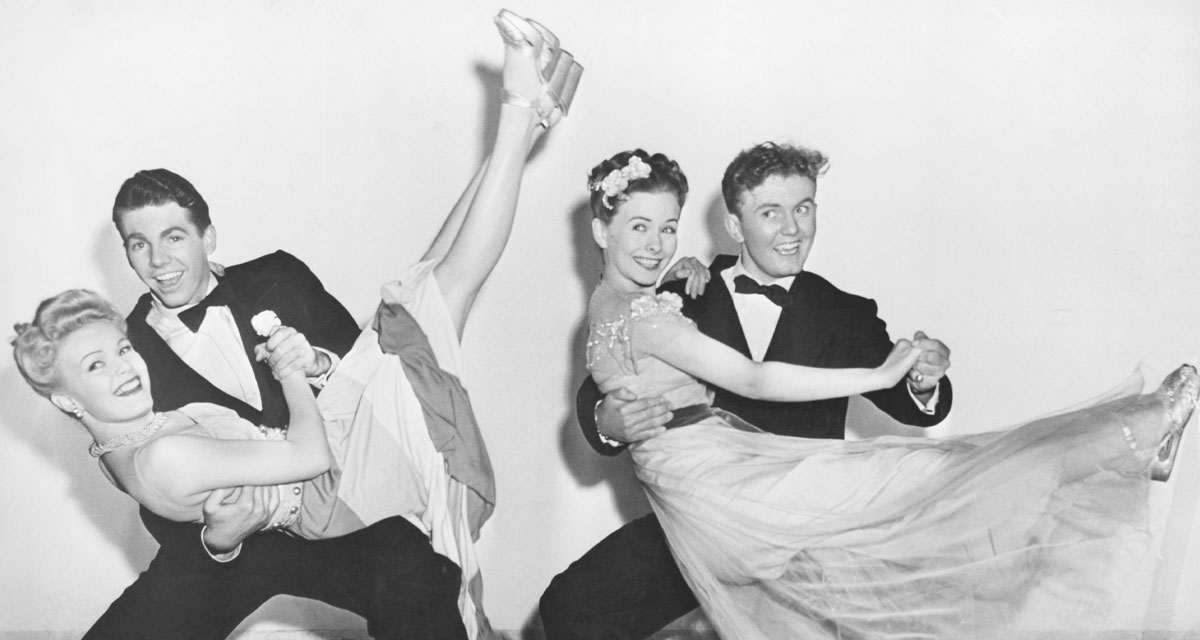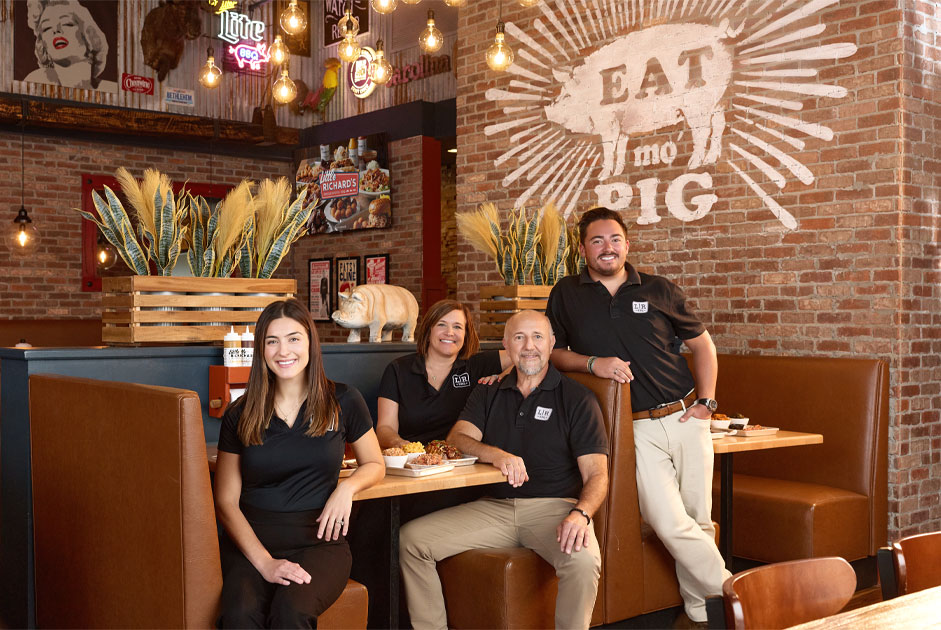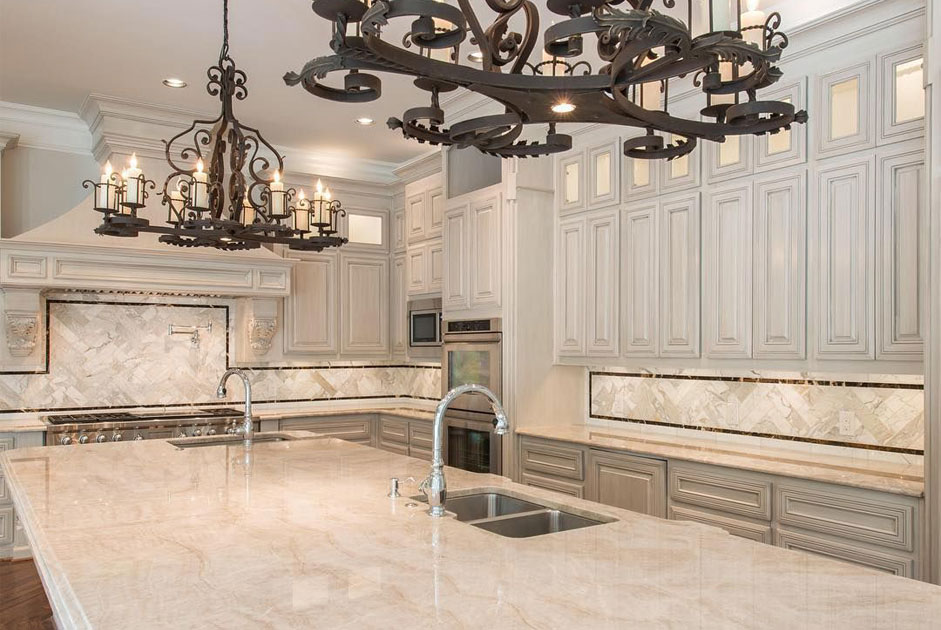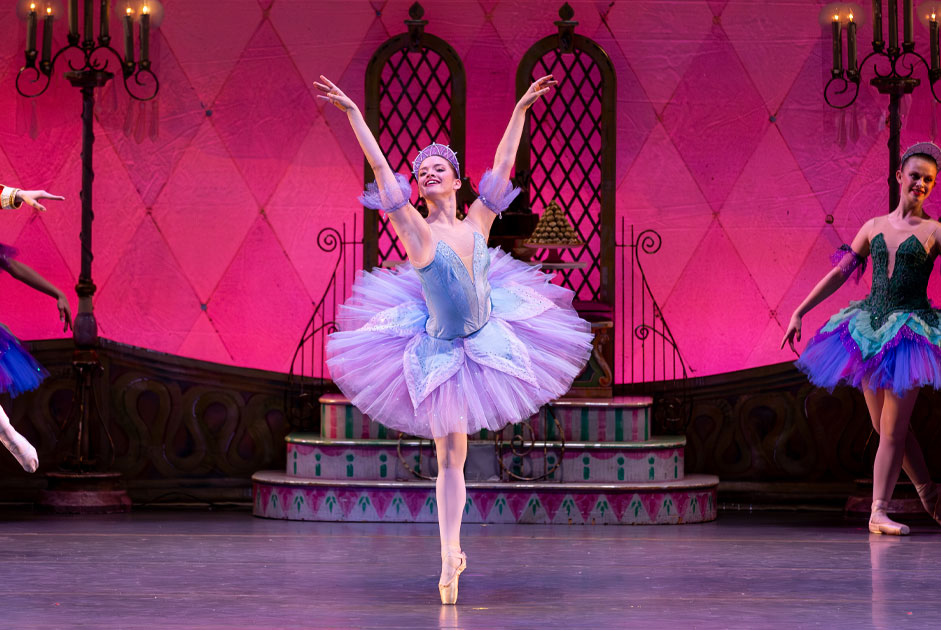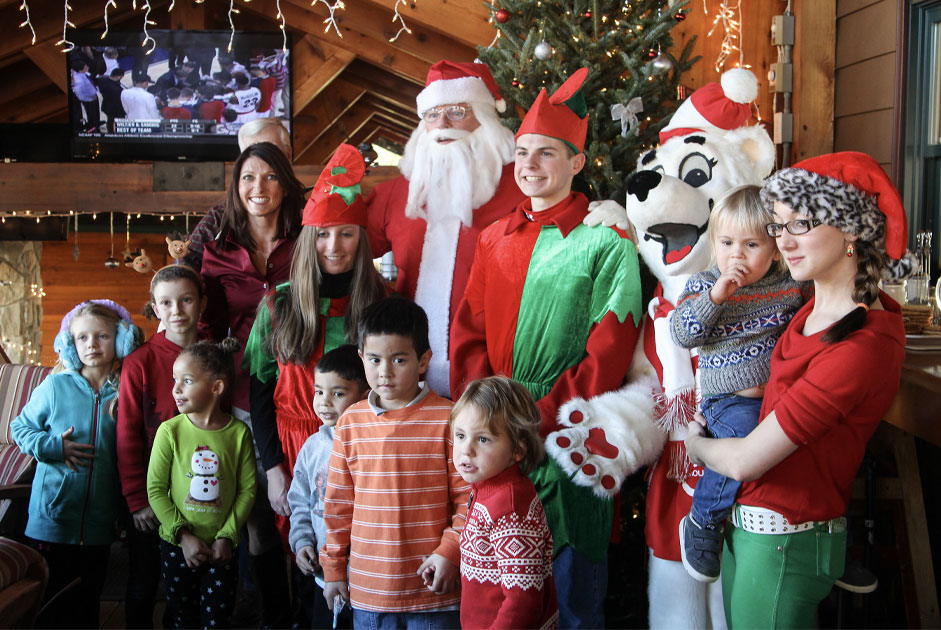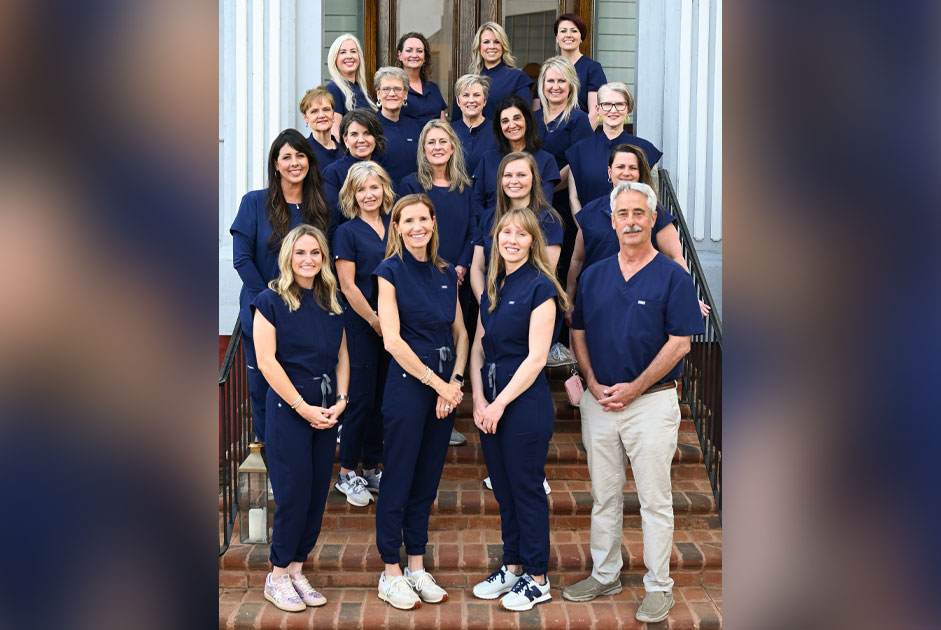BY LAUREN SEPHTON
Glamorous dresses, freshly-ironed tuxedos, and elegant dinners. Prom is an American tradition that grants high school students the chance to live out a fairytale evening. However, did you know that this iconic night of dancing was originally meant solely for universities? So, how did it get passed down to high schools?
Prom was initially short for promenade. This French-origin word essentially means the formal introductory of guests. Back in the mid-1800s, northeastern American universities introduced “prom” as an event to celebrate the social etiquette and manners of upper-level classmates, more specifically, the graduating class. The selected students would proudly walk across campus in celebration of their achievements and to reveal their knowledge of etiquette to other students.
The earliest historical reference to prom was documented in the diary entry of a male student at Amherst College. In 1894, this student detailed his invitation to experience prom at the nearby women’s university, Smith College. However, it wasn’t until Ivy League schools transformed the concept of prom into “Presentation Week” that the event became ever so popular. At the end of each Presentation Week, the university would hold an evening of celebration complemented by formal attire and dancing to the university’s band.
By the early 1900s, the upper-class society parents and educators conjured up the thought of a heavily chaperoned formal dinner and dance to instill social politeness and etiquette in the younger adults. Similar to the original idea, high school prom was held for the senior class, in which they would wear their “Sunday best.” By the 1930s, high school prom was being held nationwide and became as iconic to Americans as apple pie. From vibrant paper streamers to lively dinners boosted with music by local bands, Americans were tickled with this new event. In 1936, the first guide to planning prom was published, The Junior-Senior Prom: Complete Practical Suggestions for Staging the Junior-Senior Prom.
By the 1950s, with the boost in the economy post-war, high school proms progressed from gymnasiums to more lavish venues, like banquet halls and country clubs. Then, the elaborate prom dress shopping experience was initiated, and embellished prom corsages were introduced. By the late 1980s, high school prom became about as modernized as it is today, and a far cry from its humble beginnings.
Fun fact: Do you know where the grandest prom venue of all time was held? Susan Ford, the only daughter of 38th President, Gerald Ford, hosted her Holton-Arms High School senior prom in the East Room at the White House in 1975. The event was covered by The Washington Post and People magazine. She was the first and only First Kid to this day to hold this honor. While almost all parents were imploring officials to be designated chaperones, the President and First Lady were called away to an important European diplomatic mission.
By the early 2000s, prom became solely designated for high schools, as it hit its peak in the media. Producers began capturing and re-enacting the stereotypical prom moments. These prom-centric movies hyped up the fairytale of prom even more, as Pretty in Pink, Mean Girls, and She’s All That were released. Then, the same young adults began to cultivate good media of their own, as they happily brought along a grandparent who had missed their own prom because they were off at war or too poor to attend, as their date. These sweet young adults are a reminder of what prom was originally about—celebrating the etiquette of the students.
From humble beginnings to elaborate venues, prom has been completely transformed over the past few decades. However, it is up to each student to choose how he or she will gracefully celebrate the evening.

